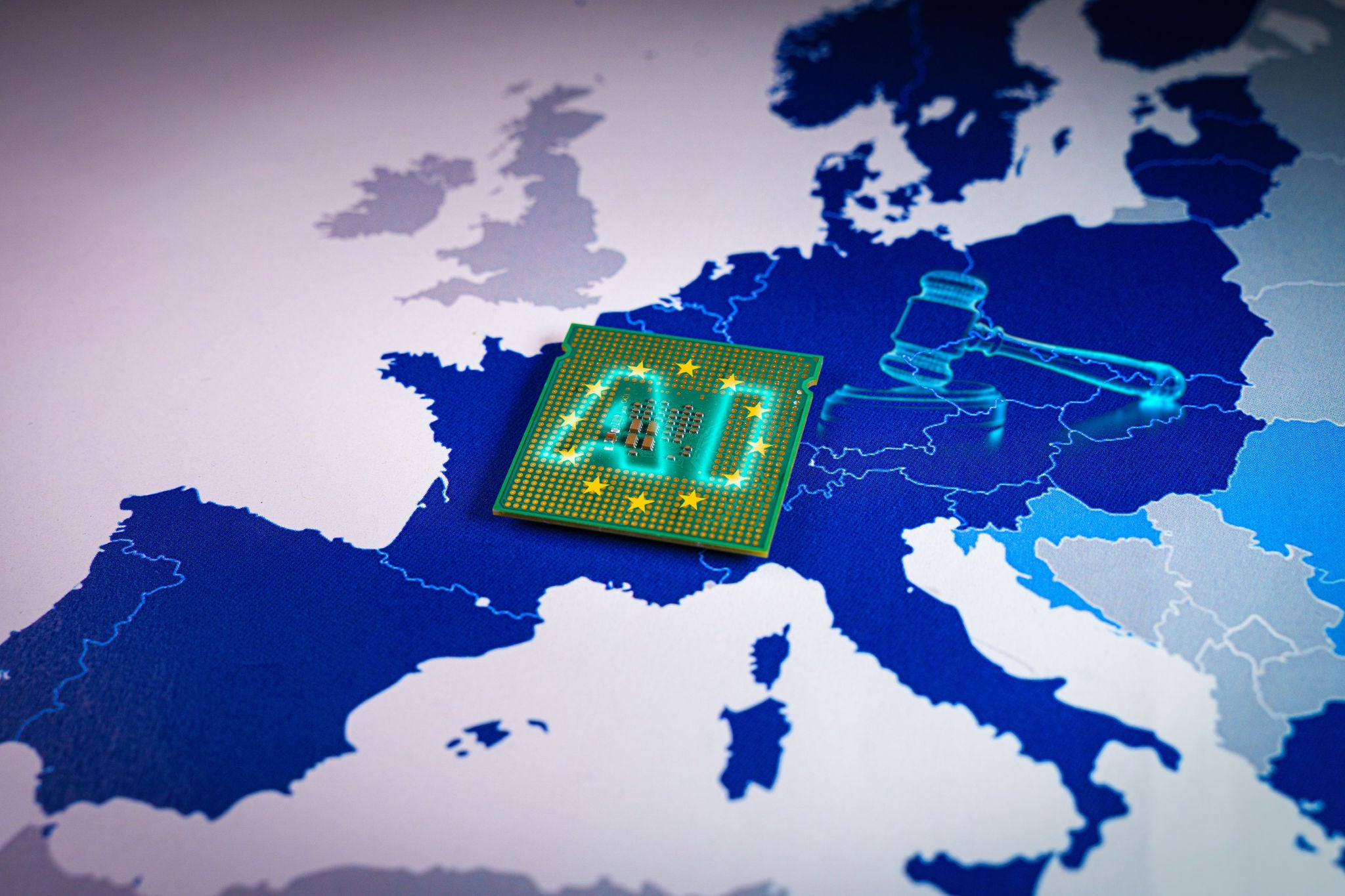EY označuje globální organizaci a může se vztahovat na jednu nebo více členských firem Ernst & Young Global Limited, z nichž každá je samostatným právním subjektem. EYG, britská společnost s ručením omezeným, neposkytuje služby klientům.

Evropský parlament dne 13. března 2024 schválil Nařízení Evropského parlamentu a Rady EU, kterým se stanoví harmonizovaná pravidla pro umělou inteligenci (Akt o umělé inteligenci) („Nařízení“). Cílem Nařízení je zajistit vysokou úroveň ochrany zdraví, bezpečnosti a dodržování základních práv před škodlivými účinky užívání systémů umělé inteligence („AI“).
Nařízení se vztahuje zejména na poskytovatele, kteří v EU uvádějí na trh nebo do provozu systémy nebo obecné modely AI bez ohledu na to, zda jsou usazeni nebo se nacházejí v EU či ve třetí zemi a dále na subjekty, které zavádějí systémy AI a jsou usazeny nebo se nacházejí v EU. Nařízení se však vztahuje i na dovozce či výrobce AI produktů a další vyjmenované subjekty.
Klíčové body nařízení:
- Pravidla pro užívání AI: Nařízení stanoví harmonizovaná pravidla zejména pro vývoj, uvádění na trh, uvádění do provozu a používání systémů AI v souladu s hodnotami EU;
- Zakázané postupy v oblasti AI: Nařízení uvádí několik postupů v oblasti AI, které jsou zakázány vzhledem k jejich potenciálnímu ohrožení občanských práv. Patří sem systémy profilace založené na citlivých charakteristikách a manipulující s lidským chováním či zneužívající lidské zranitelnosti, necílené získávání zobrazení obličeje pro databáze rozpoznávání obličeje, systémy rozpoznávání emocí na pracovišti a ve školách, hodnocení sociálního kreditu osob a další;
- Biometrická identifikace „v reálném čase“: Používání systémů biometrické identifikace na dálku „v reálném čase“ na veřejně přístupných místech pro účely prosazovaní práva je silně omezeno s možností výjimek jen pro specifické, přísně vymezené situace, jako je pátrání po pohřešovaných osobách nebo prevence teroristických útoků;
- Povinnosti pro vysoce rizikové systémy AI: Pro systémy AI, které mohou představovat zásadní riziko pro lidstvo, jsou stanoveny jasné povinnosti, včetně průběžného hodnocení a snižování rizik, uživatelské transparentnosti, přesnosti a lidského dohledu;
- Transparentnost a záruky: Obecné systémy AI musí splnit požadavky na transparentnost a etické záruky poskytování informací, včetně dodržování autorského práva EU a jasného označování uměle vytvořených materiálů (tzv. „deepfakes");
- Podpora inovací a malých a středních podniků: Nařízení podporuje podniky, včetně malých a středních podniků a startupů, při inovativním vývoji AI a jeho testování v reálných podmínkách.
Nařízení vstoupí v platnost dvacet dní po vyhlášení v Úředním věstníku EU a bude plně použitelné 24 měsíců po svém vstupu v platnost, s několika výjimkami pro určité aspekty Nařízení.
Nařízení je závazné a přímo použitelné ve všech členských státech EU. Dotčené subjekty působící v oblasti AI tedy budou muset revidovat své praxe a systémy tak, aby byly v souladu s novými právními předpisy, přičemž jednotlivé povinnosti se pro dotčené subjekty liší v návaznosti na rozdělení AI systémů do kategorií dle rizika, které jednotlivé systémy představují nebo mohou představovat.
V případě zájmu o podrobnější informace se neváhejte obrátit na autory tohoto alertu nebo další členy týmu EY, se kterými obvykle spolupracujete.
Autoři:


